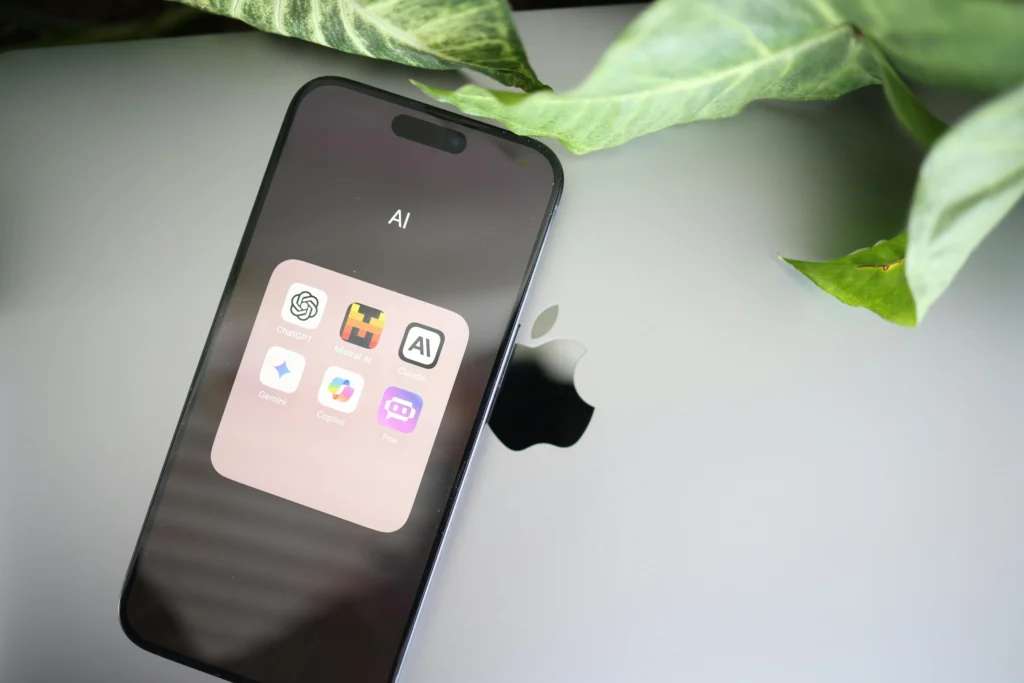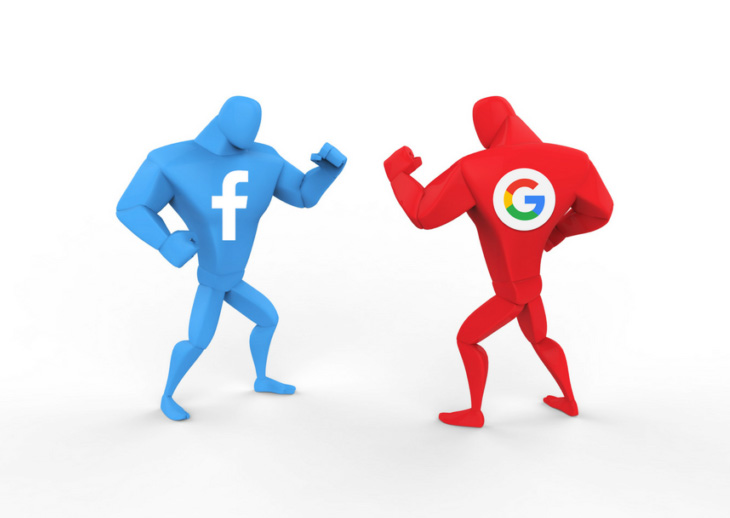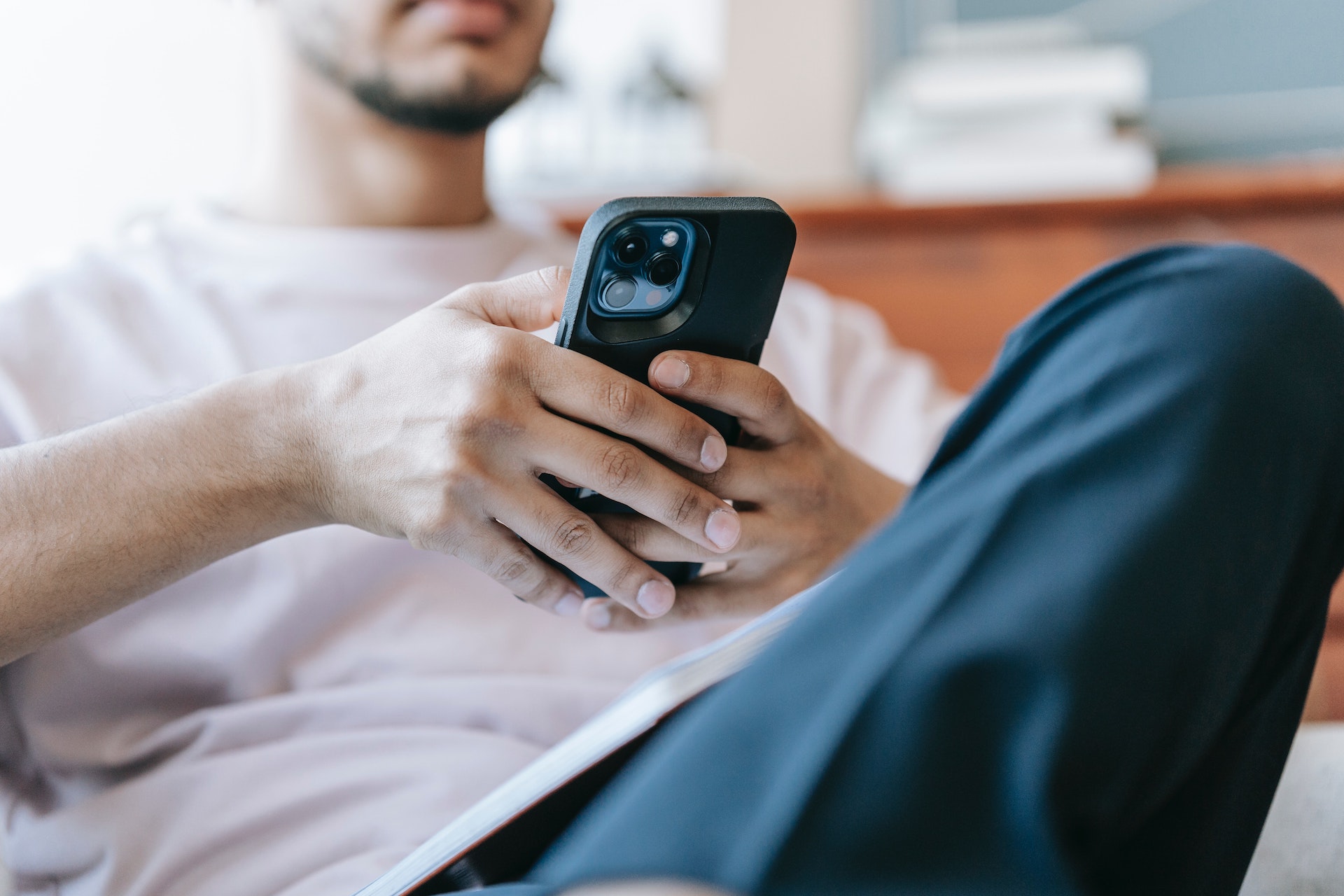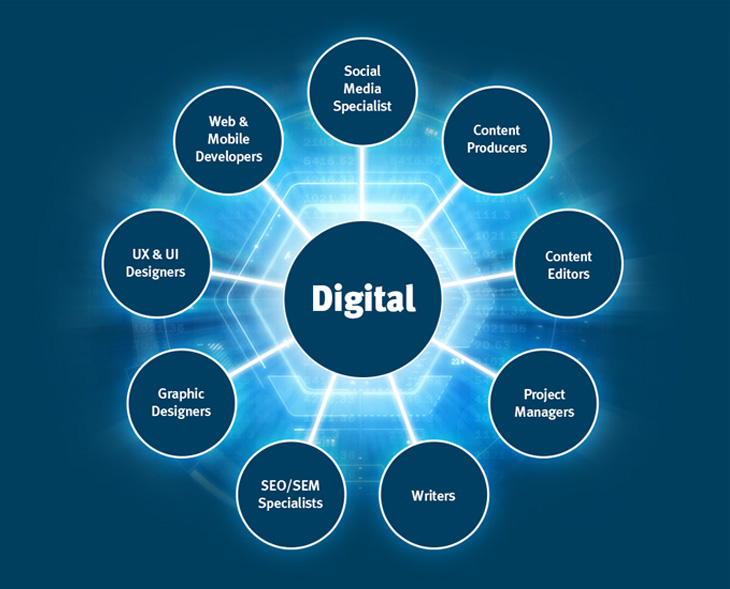Does Google Support Using AI-Generated Images For Website
At a glance:
- AI-generated images offer cost and time efficiency for website owners.
- Google’s stance is neutral but emphasises quality, originality, and relevance.
- Copyright and trustworthiness are key concerns with AI visuals.
- Best practices include image optimisation and using AI images in combination with original content.
AI-generated images are digital visuals created using advanced algorithms and machine learning models. They are becoming more prevalent not just in artistic fields but also in digital marketing, web design, and branding. Whether it’s a simple logo design or a complex abstract visual, AI tools are opening new possibilities for website owners.
As businesses focus more on creating distinct online identities, AI-generated images offer a customisable solution that traditional methods may not always provide. Website owners are increasingly experimenting with AI visuals due to their ability to generate tailor-made designs at a fraction of the cost and time compared to human-designed images.
In this blog, we will delve into Google’s stance on AI-generated images for websites and their potential impact on search engine optimisation (SEO) and user engagement. We will explore both the benefits and risks while highlighting best practices for those considering integrating AI visuals into their site content.
What Are AI-Generated Images?
AI-generated images are produced using machine learning models trained on vast datasets of existing visuals. These models learn patterns, colours, and styles from millions of images and use that knowledge to create new and unique visuals based on user input, typically text prompts.
Popular AI platforms like DALL·E 2, MidJourney, and Runway ML have gained traction in recent years. Users can simply input a description, such as “a sunset over a futuristic city,” and the AI tool will generate an image matching that description. These AI tools have grown in sophistication, producing highly detailed and aesthetically pleasing images that rival those created by human designers.
For instance, DALL·E, a tool developed by OpenAI, has been widely used to create both abstract and realistic images, often within seconds. Runway ML, on the other hand, integrates more with video and motion graphics, making it a favourite among those in creative fields like filmmaking and animation. Whether it’s for marketing, blog illustrations, or social media posts, AI-generated images offer an accessible way to generate visuals that match specific brand needs.
Why Website Owners Are Considering AI-Generated Images?
Website owners are turning toward AI-generated images for several reasons, and these reasons align with the broader goals of modern web design—speed, efficiency, and creativity.
Cost-effectiveness: Traditional image creation, whether hiring a professional designer or purchasing premium stock photos, can be costly. AI-generated images can drastically reduce these costs. A one-time subscription or even free-tier access to an AI tool can produce a library of unique visuals that businesses can use repeatedly.
Time-saving: Another advantage is the speed with which AI-generated images can be created. For content creators and marketers who need quick visuals for new blog posts, email campaigns, or social media updates, AI tools allow them to generate visuals within minutes. This ability to create on-demand reduces bottlenecks in the content creation process, speeding up time-to-market for digital assets.
Creative flexibility: AI-generated images offer boundless possibilities. They can produce anything from fantastical and futuristic designs to simple and minimalistic patterns. This flexibility allows website owners to experiment with different styles and concepts, making AI visuals a versatile tool for branding.
Customisation: AI tools allow for fine-tuning of images based on specific business needs. Whether it’s a particular colour scheme that matches the brand or a detailed illustration of a product, AI can generate images that are highly tailored, ensuring consistency across all digital platforms.
Google’s Stance on AI-Generated Content
Google has been vocal about its approach to AI-generated content, particularly about text, but its stance on AI-generated images is less explicit. However, Google’s general guidelines emphasise the importance of user experience, originality, and relevance. Whether content is generated by AI or humans, Google’s algorithms assess the value it brings to the user.
In the past, Google’s John Mueller has discussed AI-generated text, advising against using it if it doesn’t provide valuable or unique insights. He emphasised that automatically generated content designed to manipulate search rankings could be penalised. Although these discussions have primarily focused on text, the same principle can likely be extended to AI-generated images. The key takeaway is that visuals, like text, should serve the user’s needs and enhance the overall experience on the website.
When it comes to evaluating AI-generated images, Google’s algorithms prioritise image quality, context, and relevance to the surrounding content. Low-quality or irrelevant images can negatively affect a website’s ranking, as they detract from the user experience. Therefore, businesses that use AI-generated visuals should ensure they complement the written content and provide value to the audience.
Does Google Support AI-Generated Images?
Google’s stance on AI-generated images appears to be neutral as long as the images meet their standards for quality and relevance. While there is no explicit policy banning the use of AI-generated visuals, Google emphasises that all content, including images, should align with best practices.
Incorporating AI-generated images into your website is not likely to directly impact SEO rankings, but the way these images are used plays a significant role. Optimising the images by providing relevant Alt text, image titles, and descriptive captions can help Google understand the content better. Additionally, ensuring that the AI images are original, not repetitive, and relevant to the content is crucial for SEO success.
However, businesses should be cautious about overusing AI-generated images without careful consideration of their authenticity and uniqueness. As Google’s algorithms get better at detecting manipulative practices, it’s important to use AI-generated images strategically rather than relying on them exclusively.
Potential Risks and Concerns with AI-Generated Images
While AI-generated images offer a range of benefits, there are several risks and concerns associated with their use:
Copyright and originality: One of the biggest concerns with AI-generated images is the question of ownership. Who owns the rights to an image that was created by an algorithm? Many AI platforms state that users have ownership rights, but the legal landscape is still evolving. Website owners must be cautious to avoid potential copyright infringements, particularly if the AI tool used for generating the image was trained on copyrighted material.
Authenticity and trustworthiness: Users might be sceptical about the authenticity of AI-generated visuals. Depending on the context, AI visuals may feel impersonal or generic, which could undermine the credibility of the website, especially in industries where trust and authenticity are paramount (e.g., healthcare and finance).
Overuse and generic designs: While AI offers an endless stream of creative possibilities, there’s a risk that AI-generated images could become overused, leading to a homogenised look across the web. If everyone is using the same AI tools to create visuals, it could lead to a lack of originality, which may negatively impact user engagement and brand identity.
Best Practices for Using AI-Generated Images on Websites
To avoid pitfalls and maximise the benefits of AI-generated images, website owners should follow these best practices:
Diversify visual content: Relying solely on AI-generated images can make your website look generic. To maintain uniqueness, blend AI visuals with original photography, hand-drawn designs, or user-generated content. This combination ensures visual diversity and keeps your website engaging.
Optimise for SEO: Image optimisation is critical for ensuring AI visuals contribute positively to your site’s SEO. Use appropriate file names, alt text, and descriptive captions to help search engines index the images. Additionally, compressing images to reduce load times can enhance the user experience and improve rankings.
Stay within legal boundaries: Always check the usage rights of the AI tool you are using. Ensure that the platform grants you the necessary rights to use and distribute the images commercially. Additionally, keep an eye on evolving copyright laws to avoid potential legal disputes in the future.
Maintain relevancy: Ensure that AI-generated images complement the website’s content and aren’t just added for decoration. The visuals should support the message you’re trying to convey and enhance the overall narrative of the website.
Expert Opinions and Industry Perspectives
Experts in the digital marketing and SEO fields have mixed opinions about AI-generated images. Some see them as a valuable tool for streamlining the content creation process, while others express concerns about the long-term effects on creativity and authenticity.
SEO experts have pointed out that while AI-generated visuals can be useful, websites should focus on delivering a unique and personalised user experience. He recommends using AI as a complement to human creativity rather than a replacement.
Meanwhile, web designers are exploring how AI can assist in the design process, particularly in creating prototypes and mood boards. As AI continues to evolve, experts believe it will play an increasingly important role in web design. Still, human oversight will always be necessary to ensure the content remains meaningful and authentic.
AI-generated images present exciting opportunities for website owners looking to enhance their content quickly and cost-effectively. Google’s stance on AI images is neutral, but the focus remains on quality and relevance. Using AI images thoughtfully can add value to your website, but over-reliance on them may diminish user trust and engagement.
For those looking to integrate AI visuals, following best practices—such as optimising for SEO, ensuring originality, and diversifying visual content—can help strike the right balance between innovation and authenticity.
Have you tried using AI-generated images on your website? Share your experience with us at [email protected]! Stay up-to-date with Google’s evolving guidelines and AI advancements with our blogs.
Enquire Today
Melbourne Head Office
Suite 38 Level 7/570 St Kilda Rd, Melbourne VIC 3004, Australia
Phone: 1300 780 471
Email: [email protected]








